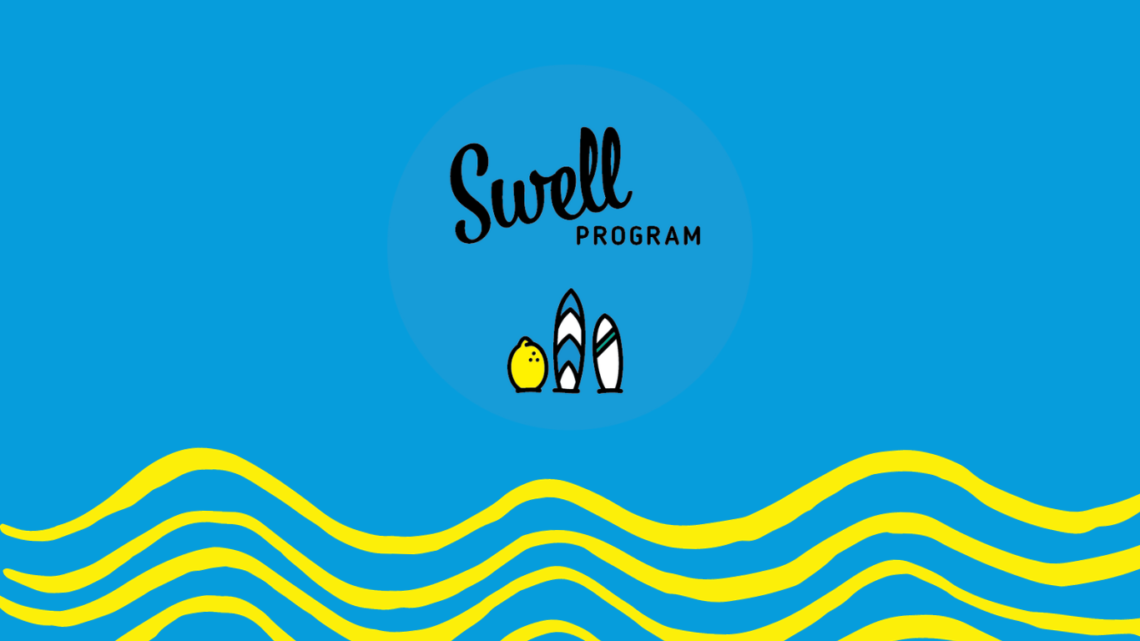“Setting goals is the first step in turning the invisible into the visible” Tony Robbins.
What a great way to sum things up in one sentence. Setting goals is the key to achieving pretty much anything worthwhile in life. Whether it be in business, in your personal life, with health, with your family and children. If you don’t set goals how do you know where you are going? How do you know when you get where you wanted, so you can set some more goals?
So, what type of goals should you set? Well there are probably 2 ranges for these.
First are your SMART Goals
Specific: Specify exactly what you want to achieve. Who? What? Why? Where?
Measurable: What’s the measure to know when the goal has been achieved?
Achievable: The goal should be challenging but not out of reach.
Relevant: How does the goal tie in with the business objectives or the person’s position/role?
Time bound: What is the time line for achieving the goal?
Then there are the BHAG ….. Big Hairy Audacious Goals
This concept was written about in the book “Built to Last: Successful Habits of Visionary Companies” by James Collins and Jerry Porras and it should include the following aspects:
- Have an extensive time frame – from 10 to 30 years
- It should be clear, compelling and easily explained in plain English
- It should be consistent with your company’s values and purpose
It’s likely you will only have 1 (or 2) BHAGs but a few more SMART goals, which should lead you to achieving your BHAG over time.
Some important things to remember
- Ensure all your goals are heading in the same direction. They should align with your company’s vision and values. If you haven’t worked through what these are it’s important to do this first to ensure everything you do in business reflects these.
- Don’t set too many goals. Too many goals end up confusing people and they achieve less trying to achieve more. Pick 2 or 3 personal goals and another 2 or 3 business wide goals at a time.
- Be aware of unintended outcomes as a result of people trying to achieve goals. Sometimes we set goals that set off another set of problems we didn’t envisage. Eg. Setting a monetary goal in some instances could lead to managers’ increasing profit margins to achieve this.
- If necessary, break down a larger goal into smaller parts to achieve in a timelier manner. This will assist in keeping things fresh and people will feel more confident as they work towards the larger goal.
- Celebrate the wins! This is so important to keep yourself, your staff and your business moving forward. Every day you have wins, no matter how small be sure to celebrate these as you move towards achieving the set goals.
- Have fun! Life and business aren’t mean to be boring, they are hard work but make sure you keep some fun in your everyday tasks.



